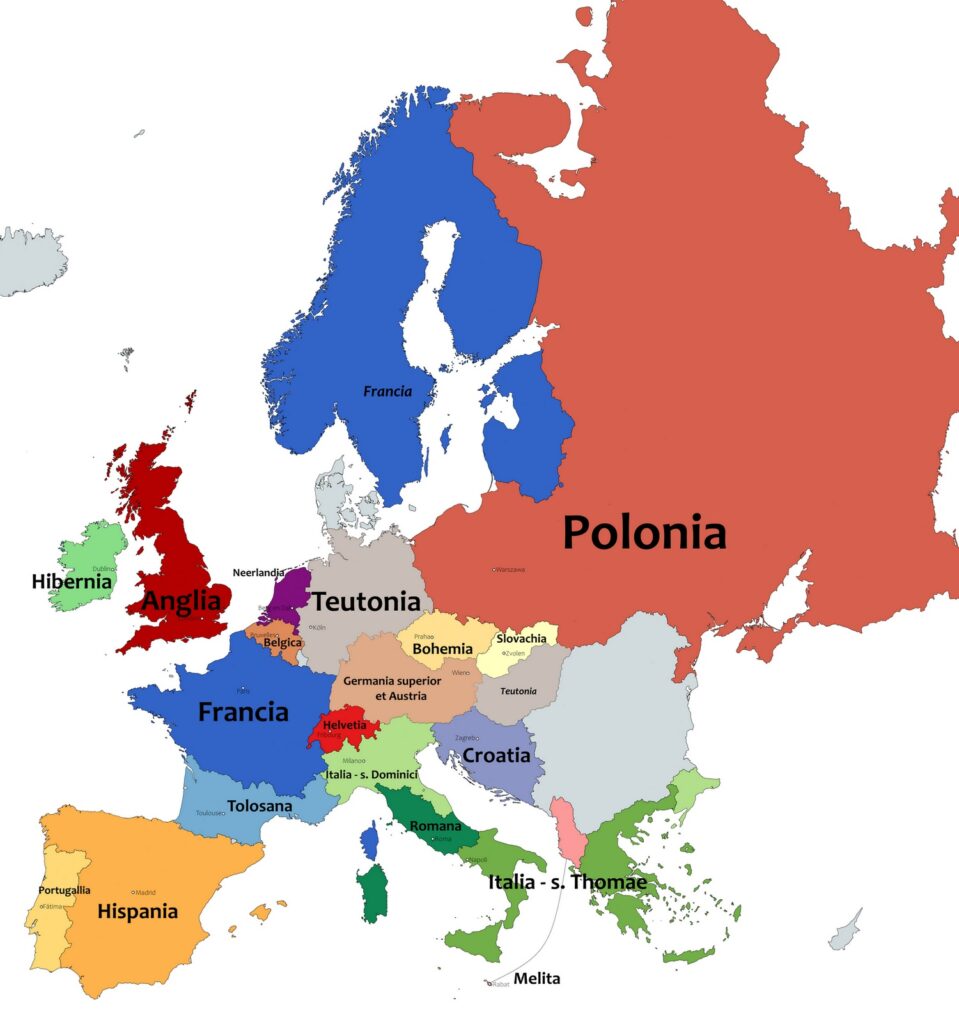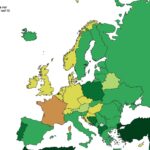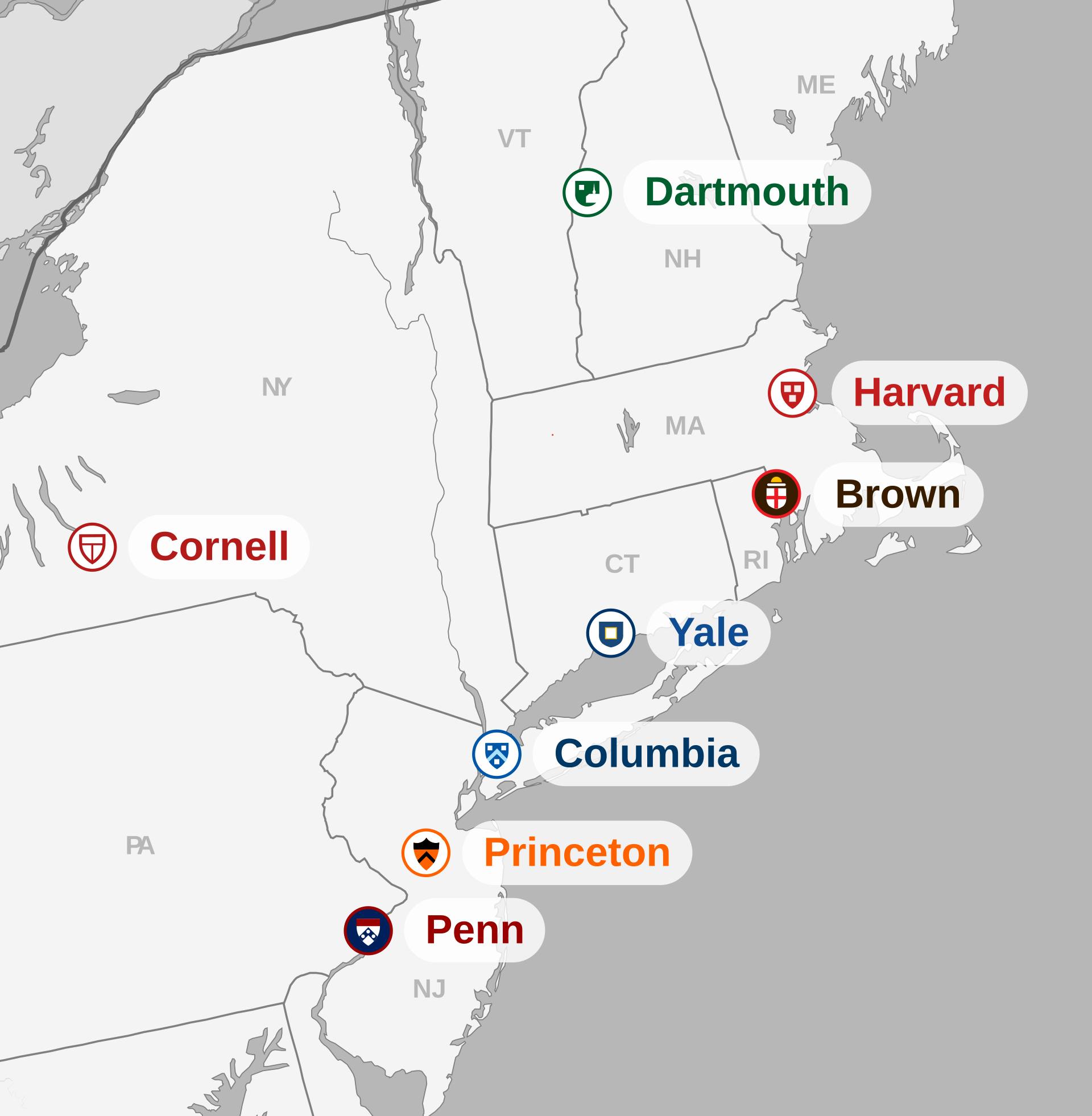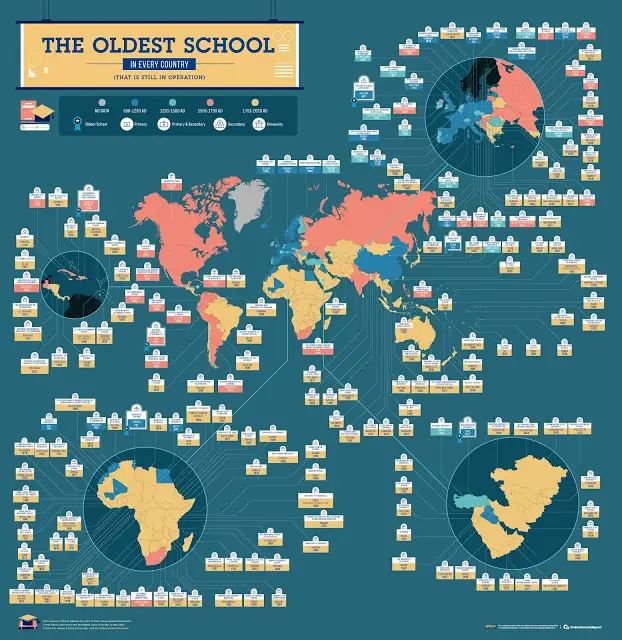Dominican Order Provinces in Modern Europe
Saint Dominic started something new in 1216. He called it the Ordo Praedicatorum in Latin, but most people know them as the Order of Preachers. What made his friars different? While other monks were tucked away in quiet monasteries, Dominicans packed up and went where the crowds were. They wanted the busy market squares, the university debates, the places where ordinary people spent their time.
Dominicans made quite a name for themselves across Europe through their scholarship and public preaching. You’d find them teaching at major universities, working as theologians, and advising both rulers and Church leaders. Some of history’s most influential thinkers came from Dominican ranks, including Thomas Aquinas and Albert the Great. Their work shaped not just religious thought but philosophy and education as well.
Although their presence isn’t as large as it was in the Middle Ages, the Order still runs schools, universities, and parishes across Europe. Their work now extends into new areas, including online platforms and modern media, while keeping a focus on education and pastoral care.
The map below, created by Reddit user No_Pause_8657, shows the Dominican provinces in Europe as of 2020. It corresponds closely with the official list on the Dominican website.

Some provinces cover entire countries – Hispania for Spain or Polonia for Poland, Ukraine, Belarus, Russia – while others cross today’s national borders. Look at Francia—it sweeps across France into Scandinavia, Finland, and even the Baltic States. Teutonia takes in most of Germany. Italy’s map gets more complicated, though. Instead of one big province, you’ll find several smaller ones spread across the map.
So what’s going on here? These boundaries weren’t drawn yesterday. When Dominicans first started organizing themselves across Europe, they paid attention to how people actually lived and communicated. If friars in northern France could easily travel to Belgium and share the same language, why not group them together? It made sense.
The provinces grew up around practical things – who could talk to whom, which trade routes connected different cities, what cultural traditions people shared. Modern country borders didn’t factor into the equation because, well, many of those borders didn’t exist yet or looked completely different.
These old divisions still work today, even as Europe has changed dramatically around them. Dominican communities have rolled with the changes – new languages, different political situations, population shifts – but they’ve kept the basic idea of organizing around natural connections rather than political lines drawn on maps.








